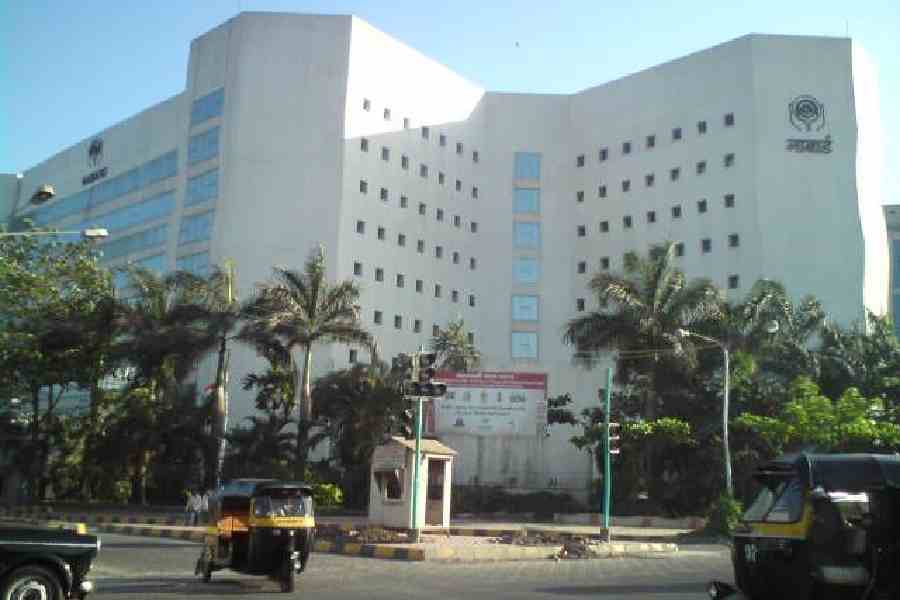The All India Nabard Employees Association (AINBEA) has called for a shift of the direct transfer from the RBI’s surplus to recognised funds under the aegis of Nabard.
Under section 46A of the RBI Act, the central bank is required to contribute every year to the National Rural Credit (Long Term Operations) Fund and National Rural Credit (Stabilisation) Fund.
These funds were established by Nabard under sections 42 and 43 of the Nabard Act.
While the LTO fund was envisaged to refinance long-term investment in agriculture, the stabilisation fund’s intent was for the conversion or rescheduling of short-term loans during natural calamities.
However, to manage deficits and plan outlays, a decision was taken by the central government in the 1992-93 Union budget that public sector enterprises and the Reserve Bank of India would be required to transfer a larger share of the profits to the central government.
But as the law requires the RBI to transfer a certain amount to these funds, a token amount of Rs 1 crore is transferred by the RBI every year.
The token transfer is in sharp contrast to the Rs 87,416.22 crore surplus transferred to the central government.
The Nabard annual report for 2022-23 shows that the available balance with the LTO fund and stabilisation funds as of March 31, 2023, was Rs 16,102 crore with no growth.
According to the AINBEA, the RBI used to transfer around 8-9 per cent of its income to these funds before this was stopped.
“With the RBI net income being pegged at Rs 2.35 lakh crore in FY23, a back-of-the-envelope calculation would show a total transfer of Rs 18,800-21,150 crore from the RBI to Nabard,” Rana Mitra, general secretary, the AINBEA told The Telegraph.
Mitra said there is a need to revisit the transfer by the RBI to these funds to facilitate
capital formation in agriculture.
The AINBEA has also called for a relook at the sub-limits of lending to the agriculture sector under priority sector lending.
Earlier there were sub-limits of 13.5 per cent and 4.5 per cent for direct and indirect lending under the priority sector.
“Unfortunately, from 2015 onwards, the RBI has merged these two segments of agri-credit making it easier for banks to achieve an overall 18 per cent sub-target for agriculture within the 40 per cent target for priority sector lending,” Mitra said.
“This has encouraged many banks, especially private ones, to achieve targets by giving big-ticket loans to the food industry dominated by giant corporates, while showing these as agricultural loans,” he said.










